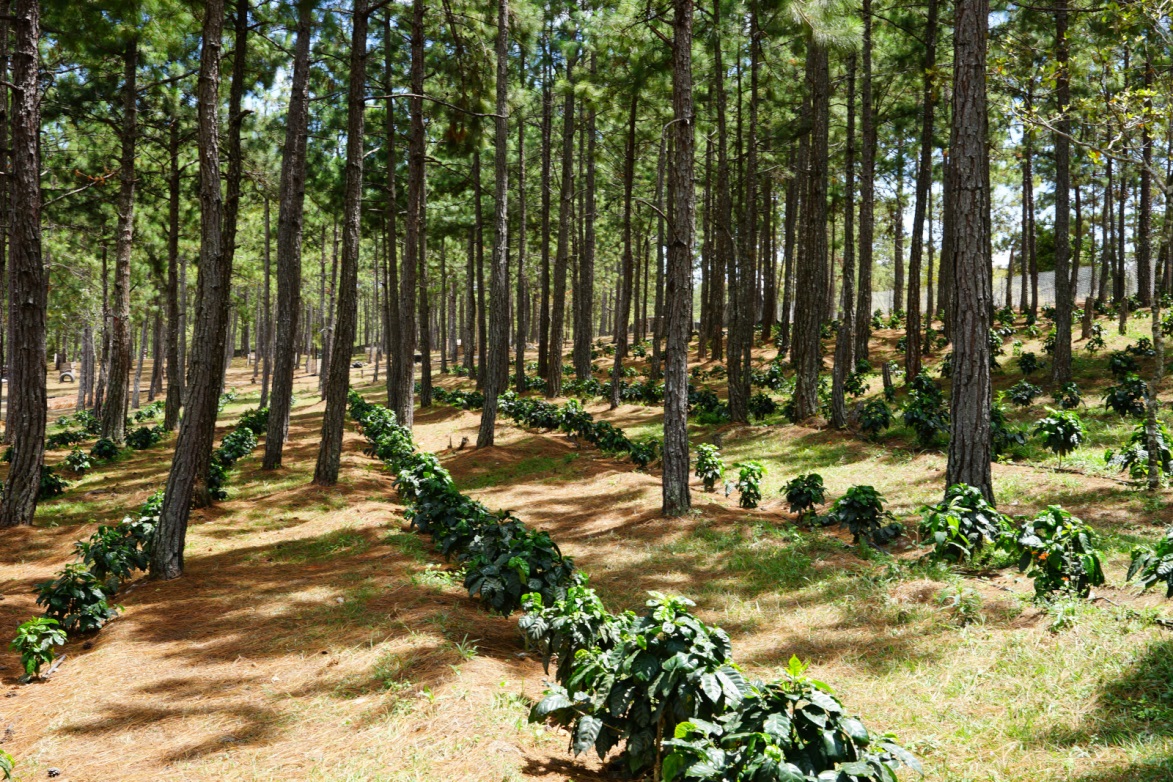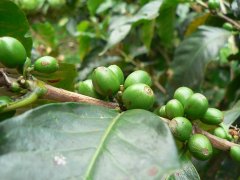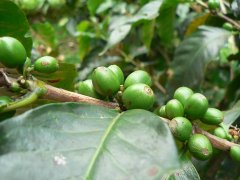Evaluation of Coffee Raw beans in Galapagos Islands, Ecuador Coffee introduction to the best coffee growing belt
For professional baristas, please follow the coffee workshop (Wechat official account cafe_style)

Ecuador is not a major coffee producer, although located in the coffee belt, but the geographical environment is more suitable for cocoa cultivation. So beans from Ecuador are not common. Usually, the coffee items that such countries can still survive in the market are ace grade, such as the Blue Mountains of Jamaica, Yauco of Puerto Rico.
The Galapagos Islands are best known for their natural conservation areas and native species such as tortoises, maned lizards and penguins. It is said that the environment of the island inspired Darwin and later published his famous origin of species. Since the island is a conservation area, its pollution-free natural environment is naturally unmatched by other producing areas. coupled with the fact that pesticides or chemical fertilizers cannot be used, it is easy for the coffee to be certified by the European Union.
This time (2016) the beans are imported by the domestic raw bean merchant H. he has bought the raw bean merchant O and the German version before, and tried their version in the Italian bakery. H's are similar to Italian ones, with slightly smaller beans. Visual observation is about 16-17 mesh size, which is one level lower than the official statement of bean merchants, but the price is also relatively beautiful. According to the raw bean merchant's description, the cup test has honey tea, floral, smooth taste, juicy and drupe finish. Galapagos, which I have tested in the past, feels nutty, honey sweet, light floral, and delicate. This belongs to the flavor of traditional boutique beans, which may be less favored by the market compared with the popular features such as strong flower and fruit aroma, high contrast acidity and sweetness, and mellow wine flavor. And the production is still the traditional washing treatment, the current popular honey treatment and solarization, it seems that it has not been adopted by the treatment plant.
Before 500g was put into the pot, 100g was tested, and the defects accounted for only 2.8g, which was only 8g after 500g, while most of the defects were caused by machine extrusion during pulp removal, and a few of them were dehydrated and whitened. There is almost no blackening, mildew and moth. The quality is quite good.
Because it is a bourbon species and a low altitude, the temperature of the bean is 165 degrees, and it goes back to temperature at 93 degrees. Because the moisture content is low and the beans are soft, the temperature rises quite fast. After a dense explosion, turn off the fire and glide for 30 seconds, 208 degrees below the beans. After blowing off the silver skin, 428g is left, and the visual baking degree is about 60-65.
The actual test flavor, dry aroma is nuts and yellow sugar fragrance, after the entrance of the first section of herbal flowers, and then turned into honey, slightly nutty, the final rhyme has a refreshing sweet feeling, excellent cleanliness. Although it has no strong flavor, it is a non-greasy bean.
Important Notice :
前街咖啡 FrontStreet Coffee has moved to new addredd:
FrontStreet Coffee Address: 315,Donghua East Road,GuangZhou
Tel:020 38364473
- Prev

Ecuador Ace Coffee Bean Introduction Best Growing Coffee Conditions Introduction Galapagos Islands
Professional barista exchanges, please pay attention to coffee workshop (Weixin Official Accounts cafe_style) Ecuador is not the main coffee producing country, although located in the coffee belt, but the geographical environment is more suitable for cocoa cultivation. So Ecuadorian beans are not common. Usually the coffee products that survive in these countries are ace grade, like Jamaica Blue Mountains, Puerto Rico Yau.
- Next

Evaluation of Coffee Sunshine Endebeth Coffee Raw Bean in Kenya AA
Professional baristas exchange please pay attention to the coffee workshop (Wechat official account cafe_style) Kenyan coffee Endaibeth sun treatment AA Kenya Endebess Natural AA insolation in Kenya is less common, perhaps because of the excellent quality of Kenyan water washing, coupled with the sun loss rate, the labor cost is too high, Kenya has been exposed in the past only in some of the United States
Related
- Detailed explanation of Jadeite planting Land in Panamanian Jadeite Manor introduction to the grading system of Jadeite competitive bidding, Red bid, Green bid and Rose Summer
- Story of Coffee planting in Brenka region of Costa Rica Stonehenge Manor anaerobic heavy honey treatment of flavor mouth
- What's on the barrel of Blue Mountain Coffee beans?
- Can American coffee also pull flowers? How to use hot American style to pull out a good-looking pattern?
- Can you make a cold extract with coffee beans? What is the right proportion for cold-extracted coffee formula?
- Indonesian PWN Gold Mandrine Coffee Origin Features Flavor How to Chong? Mandolin coffee is American.
- A brief introduction to the flavor characteristics of Brazilian yellow bourbon coffee beans
- What is the effect of different water quality on the flavor of cold-extracted coffee? What kind of water is best for brewing coffee?
- Why do you think of Rose Summer whenever you mention Panamanian coffee?
- Introduction to the characteristics of authentic blue mountain coffee bean producing areas? What is the CIB Coffee Authority in Jamaica?

